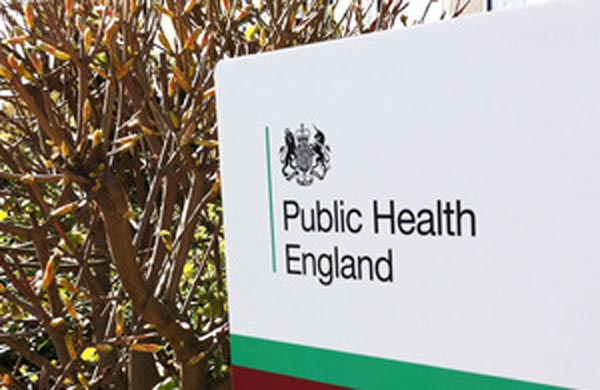New STI figures show rapid increases among gay men of syphilis and gonorrhoea.
Latest figures published by Public Health England (PHE) show 439,243 sexually transmitted infections (STIs) reported in England in 2014.
The impact of STIs remains greatest in young people under the age of 25 years and gay men (gay, bisexual and other men who have sex with men).
Chlamydia is the most commonly diagnosed STI accounting for 47% of diagnoses (206,774 cases), followed by genital warts (70,612 cases). However, the largest proportional increases in diagnoses between 2013 and 2014 were reported for syphilis (33% increase) and gonorrhoea (19% increase).

Dr Gwenda Hughes, head of STI surveillance at PHE said: “The stats published today show that too many people are getting STIs. Reducing this spread must be a public health priority.
“We are particularly concerned about the large rises in diagnoses among gay men. In this group we saw a 46% increase in syphilis and a 32% increase in gonorrhoea. Gonorrhoea in particular is becoming harder to treat as new antibiotic resistant strains emerge.
“Health promotion and education to increase risk awareness and encourage safer sexual behaviour remain the cornerstones of STI prevention. Ensuring easy access to sexual health services and STI screening is a vital component in the control of STIs.
“Effective commissioning is critical to improving STI prevention. Prevention work should continue to focus on people in the groups at highest risk of infection, such as young people and gay men.”
Young people are routinely offered chlamydia screening but only 14% of young men and 35% of young women were tested in 2014. Wide variation across the country was seen in rates of chlamydia testing and diagnoses – with only 29% of local authorities reaching the recommended chlamydia detection rate (2,300 diagnoses per 100,000 15 to 24 year olds per year).
PHE recommends consistent and correct condom use, reducing the number of sexual partners and the avoidance of overlapping sexual relationships all reduce the risk of acquiring sexually transmitted infections.
For people in the highest risk groups, getting screened regularly will lead to early diagnosis and treatment, as these infections are frequently without symptoms.
Sexually active under 25 year olds should be screened for chlamydia every year, and every time they change their sexual partner.
Men who have sex with men (MSM) should have a full HIV and STI screen at least annually or every 3 months if having condomless sex with new or casual partners.
Responding to the statistics Terrence Higgins Trust, the national HIV charity highlighted the localised rise and fall in figures as the impetus for action, suggesting public health budgets apply new approaches – utilising new technologies such as social media, and reiterated the call for realistic SRE for all young people.

Terrence Higgins Trust Medical Director Dr. Michael Brady said: “Today’s figures clearly show that we need to urgently confront the geographical variation and local trends in STI rates. It is a real concern that the recently announced £200 million cut to local authorities’ public health budgets will inevitably lead to a worsening of our sexual health.
“It is essential that local authorities ensure continued and improved access to effective STI testing, treatment and prevention services.
“Raising awareness, encouraging testing, and regular screening locally is key. Local testing weeks can achieve this. For instance next week Terrence Higgins Trust is running Brighton STI Testing Week.”
Accepting that public health budgets are under pressure he suggested that the Government consider alternative methods – noting that postal testing has been cost effective in reaching people at risk of HIV,
Dr. Brady continued: “The continued rise in both syphilis and gonorrhoea is a worry and evidence that we still have much to do to address the nation’s poor sexual health and rates of STIs in those most at risk.
“We should make better use of new technologies and approaches – local awareness raising through targeted social media based on the geographical breakdown of the data we are seeing today and an offer online testing – to reach those who are not accessing ‘traditional’ services”
The figures show that the impact of STIs remains greatest in young people under the age of 25 years. Citing effective Sex and Relationships Education as part of the solution,
He concluded: “We agree with PHE’s assertion that a reduction in STIs must be a public health priority. Fundamental to this is effective Sex and Relationships Education (SRE).
“Our new Government needs to urgently ensure that all young people have access to realistic SRE that reflects the realities of their lives– sexuality, STIs, testing.”
PHE funds HIV Prevention England to undertake campaigns promoting condom use and safer sex targeting the people most at risk including gay, bisexual and other men who have sex with men.
PHE has published an action plan to address the health and wellbeing inequalities affecting gay, bisexual and other men who have sex with men. The plan, the first of its kind from a national body, sets out priorities for developing data and reducing and addressing the wider inequalities, by working with and supporting local and national government, the NHS and relevant third sector organisations.


















You must be logged in to post a comment.